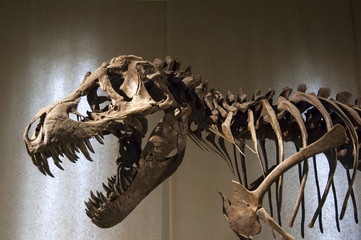
Joel Bartsch draws on an extensive background as a museum curator to serve as president and CEO of the Houston Museum of Natural Science. Recently, Joel A. Bartsch and his curatorial team oversaw the Stonehenge: Ancient Mysteries and Modern Discoveries exhibit.
Comprising 300 artifacts, many of which had never been shown beyond Europe, the exhibit offered a compelling portrait of prehistoric England. Items on display included jade axes, antler picks, and mauls (large stone hammers). Scale models with mannequins showed the hewing and transporting of massive sandstones, as well as smaller bluestones, both of which were used in building Stonehenge.
While much of Stonehenge remains shrouded in mystery, interactive maps and artist renderings explore various elements of the Neolithic monument. The work that went into Stonehenge is thought to have lasted 500 years, spanning several phases, from 3,000 to 2,500 BCE. This places its creation at roughly the same time as that of the pyramids in Egypt. A short film playing at the exhibit hints at one possible reason for the monument’s creation - - it could be a dedication to the location where the “gods were born.”
No comments:
Post a Comment
Note: Only a member of this blog may post a comment.